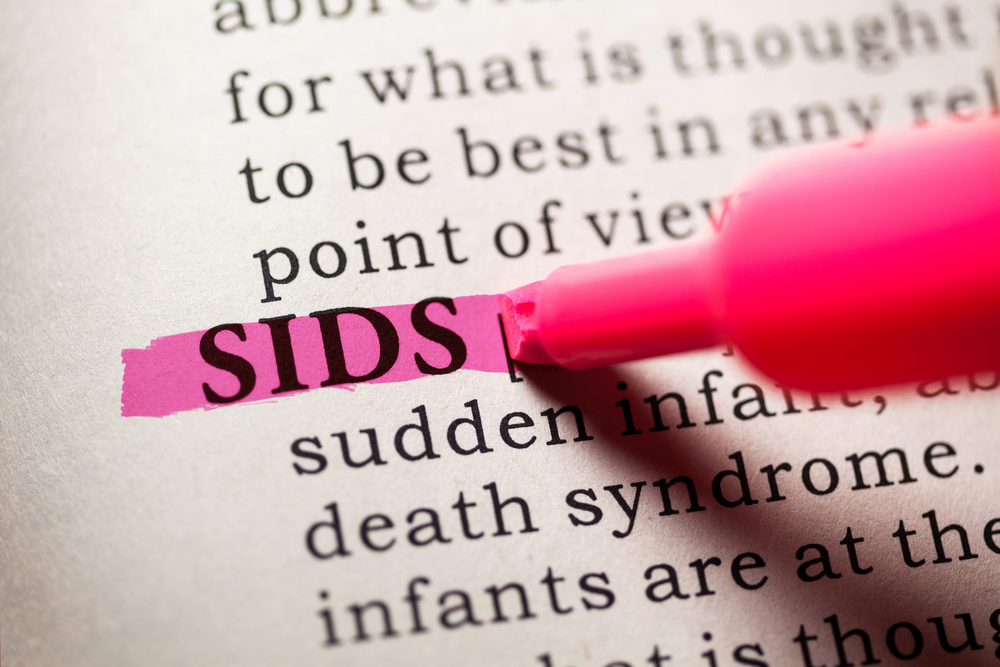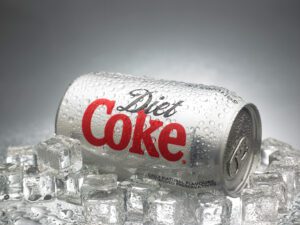When Tragedy Strikes: The Risk of Sudden Infant Death Syndrome (SIDS)
May 10, 2016
 1558
1558 
Imagine this: you’ve been blessed with a beautiful new baby. You obviously love and cherish the new addition to your family sphere. Perhaps you feel you’ve been blessed with the one thing that will bring you joy and happiness for the rest of your life.
And then, in an instant, it’s all gone.
Sudden Infant Death Syndrome, better known as crib death or simply SIDS, claims the lives of about 2,500 babies each year. Because no real specific cause is known, it can pose as a very real danger for many new or expectant mothers. As defined simply by the Mayo Clinic, SIDS is the unexplained death of a seemingly healthy baby, and it usually occurs during sleep. Though most infants killed by SIDS are under one year old, there have been several cases of older babies dying.
While the exact cause cannot be definitively pinned down, doctors and scientists believe several risk factors can come into play:
Ways You Can Help Prevent this Tragedy
SIDS has been known to occur instantly and with very little warning. In fact, almost all cases of SIDS occurred while the infant was thought to be asleep. Sudden Infant Death Syndrome is not thought to cause pain or suffering in the baby, thankfully. But it cannot be predicted. There are, however, some steps you can take to reduce the risk that your baby will be a victim.
Because of the unpredictable and fatal nature of SIDS, parents are urged to have their baby sleep only on their back. Also, you should avoid co-sleeping at all costs (sleeping with the baby on a couch or bed, for example), and instead place the baby in a sturdy crib with a firm mattress and no other objects. This is extremely important as over 75 percent of all cases of SIDS happen while the baby is sleeping in the same place as another person.
There are a few other things you can do to ensure your baby’s safety, such as keeping your baby in a smoke-free environment, not feeding your baby honey (which could lead to infant botulism), and not wasting money on or relying on baby monitors advertised as a way to keep an eye on an infant’s breathing, as these devices have been found to make virtually no difference.
Will the Mystery Ever Be Solved?
The mystery deepens still with this strange, tragic affliction. Though SIDS can happen in babies from all ethnic backgrounds and walks of life, male babies are more likely to die from SIDS than girls; and African American babies have a 2-3 times greater risk of dying from SIDS. The scariest part about SIDS is that there are no symptoms. Grieving parents are left with one less child and often burdened with mountains of stress and guilt – guilt that may never really go away.
Once your baby is past the age of one, the danger of Sudden Infant Death Syndrome is largely gone. Following these tips prior to that milestone age can help minimize the risk even further.
Cited Sources
“Facts about Sudden Infant Death Syndrome (SIDS).” ChildrensNational.org. Children’s National Medical Center, n.d. Web. 11 July 2012.
“Sudden Infant Death Syndrome.” NIH.gov. U.S. National Library of Medicine, 2 Aug. 2011. Web. 11 July 2012.
“Reducing the Risk of SIDS.” SIDS.org. American SIDS Institute, n.d. Web. 11 July 2012.
Mayo Clinic Staff. “Sudden Infant Death Syndrome (SIDS).” MayoClinic.com. Mayo Clinic, n.d. Web. 11 July 2012.
“Facts about Sudden Infant Death Syndrome (SIDS).” SIDS-Network.org. N.p., n.d. Web. 11 July 2012.
#InsidersHealth

A new study suggests that a widely used sugar substitute found in diet sodas, chewing gum, and low-sugar yogurt may elevate insulin levels. This could increase the long-term risk of heart disease. “Artificial sweeteners have infiltrated nearly all types of food, making it crucial to understand their long-term health effects,” said Yihai Cao, senior author […]

Diet Coke has long been a fan-favorite among soda lovers who want a fizzy, guilt-free alternative to traditional soft drinks. While its zero-calorie, zero-sugar label makes it seem like a healthier option, the reality is far more concerning. Despite its undeniable popularity, Diet Coke’s nutritional profile has raised red flags among health experts for years. […]

New study shows that embracing an anti-inflammatory, plant-forward diet can support cognitive function and help reduce the risk of dementia. What You Eat Shapes Your Brain The food you eat doesn’t just impact your body—it also affects your brain. Research suggests that eating an anti-inflammatory, plant-based diet can help improve memory, focus, and overall brain […]